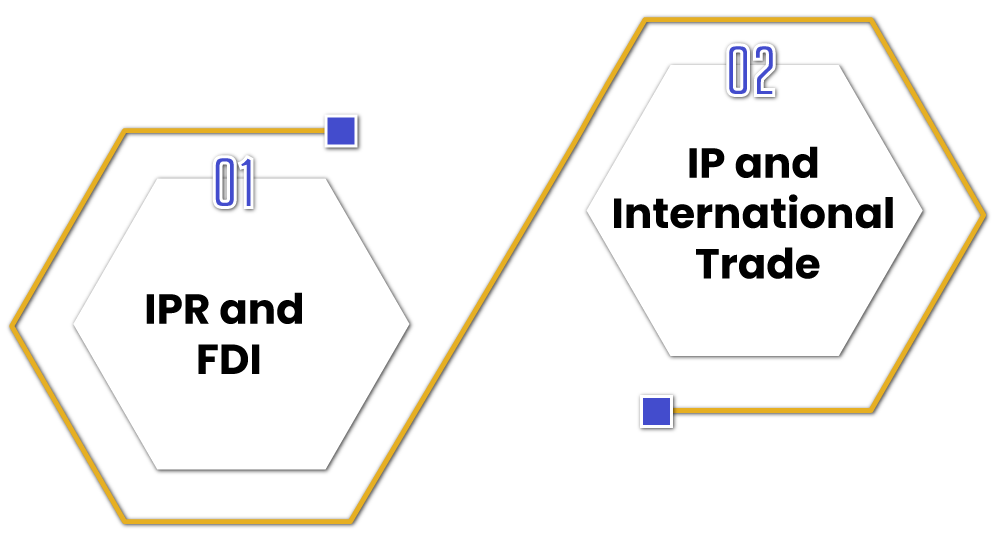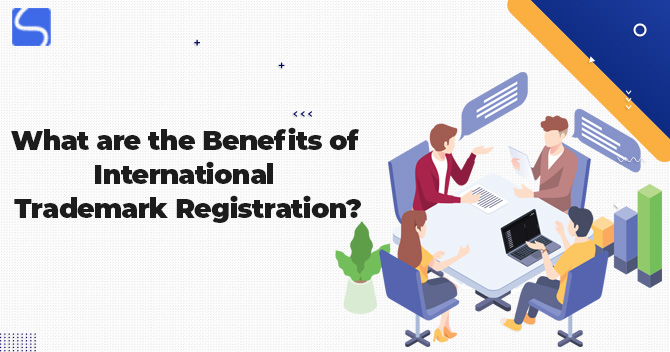Facilitating Technology Transfer: A New Feature of IPR

Karan Singh | Updated: Aug 25, 2021 | Category: Intellectual Property
Technology Transfer, also known as TOT or Transfer of Technology, is distributing technology from one organisation/individual to another. These transfers of technology may occur between research institutes, educational institutions, businesses, MNCs, and governments across the border. Such distribution of technology can happen in either formal or informal ways or in an open or closed transaction.
These forms of knowledge transfer aids ensure that technological & scientific developments are available to an extensive range of users who can aid develop or exploit them. A vital part of tech is the protection of IP (Intellectual Property) associated with innovations developed at research organisations. This means licensing patented IP to outside businesses or the creation of start-up companies to license the Intellectual Property.
Table of Contents
What is the Significance of Technology Transfer?
- Technology transfer facilities the technology development process of the initial stage of Intellectual Property into tangible goods or tools for practical usage by the masses.
- Victorious partnerships are created between researchers from different academic companies or institutions to boost knowledge in a particular sector further or improve the technology. These partnerships might induce licensing or funded research possibilities for both parties.
- Moreover, Transfer of Technology (TOT) ensures that the Intellectual Property interest and rights of the university are preserved. The university has the capability to keep the IPRs of the technology and provide a license for restricted usage of the technology.
- Research organisations and their commercial partners benefit from victorious Technology Transfers as they further advance technologies. Such organisation gains an appreciation for their innovation potential & improves their reputation. Whereas, on the other side, licensing technology from a university aids the industry partners cut down expenses throughout the R&D process.
- The development in technology aid in the growth of the local economy. The public is eventually beneficiary of such developments. They are the only ones who benefit from both – the items that reach the market & the jobs that follow from product research manufacture & sale due to the Transfer of Technology.
- Many developing countries around the world are highly dependent on technology. The necessity to get technology from overseas markets emerges as an outcome of a lack of resources. Developing countries have sought both national and international agreements to boost international Technology Transfer.
- The most vital benefit of TOT is an increase in the national revenue of the country. As a result, TOT is essential for developing countries, as it encourages goodwill & economic progress.
How does IPR Provide Technology Transfer?
Owing to the rise in competition among various sectors, technology has been involved as one of the influential groundbreaking factors enabling the improvement of corporate companies & research organisations. Innovations in technology are playing an essential role in designing the global economic picture.
In the current digital world, technologies have become more & more precious, hence, becoming more likely to be targeted by infringers, so reducing the incentive of the inventor for the technology in question & future endeavours. Further, the infringers would be able to accomplish the outcomes at a lower price, putting them in a better position than the innovator. Such violations are when the establishment of Intellectual Property Rights (IPRs) comes in and limits access to the inventors’ technology.
Intellectual Property Right (IPR) protection that is valid and effective helps developing countries in their growth and Technology Transfer, gaining rewards for innovation & delivering returns on R&D investments. However, inadequate IPR protection leads to spillovers of sensitive data by national firms, whereas extreme Intellectual Property Right (IPR) protection leads to inadequate knowledge diffusion & obstructs innovation growth. As an outcome, robust IPR protection succeeds, permitting them to participate in innovative activities & hence boost economic growth. For quick information distribution as a source of technology growth, developing countries should accept inadequate Intellectual Property Right (IPR) protection. Bigger Intellectual Property Right (IPR) protection may promote developing countries to depend on original businesses that specialise in counterfeiting & copying while rewarding originality in developed nations.
The practice of Technology Transfer refers to voluntary or non-market transactions, as an outcome of which an institution or an individual gains access to technology developed in a different nation. Hence, policies made to create a good and effective Intellectual Property Rights regime aids developing countries to access foreign technology.
How does IPR & International Trade and IPR & FDI impact Technology Transfer?

- IPR and FDI
FDI or Foreign Direct Investment is a vital source for technology diffusion resulting in Technology Transfer across the boundaries or even when it is restricted to the host nation. However, it can also lead to spillover advantages for national firms. Because of FDI, national firms may find it simpler to copy the product through reverse engineering. Because of the high licensing expenditure, entities with composite technology & specific products choose FDI over licensing. Robust IPR protection reduces the threat of technology spillover & raises technology licensing and joint ventures, whereas weaker IPR protection may discourage Foreign Direct Investment and negatively affect the investment climate of the country. For nations with absorptive capacity, Foreign Direct Investment is seen to be effective. Apart from that, foreign inflows are higher in countries with more vital IP protection since certain businesses require patenting at different stages of production.
2. IP and International Trade
International Trade performs as a vital channel for the distribution of technology. The Patent strength & its usefulness determine the costing of traded technologies, as the most robust Patent strength creates a competitive benefit for distribution & sale services. Organisations or institutions promote transferring technologies to nations with powerful IPR regimes as such regimes ensure effectiveness. It also boosts market power, thereby decreasing competition. But, a weaker Intellectual Property Rights regime doesn’t stop the process of Transfer of Technology completely as high-tech products are hard to copy; hence, they are transferred rapidly. But, a strong Intellectual Property Rights regime does make sure the transferability of high-tech, and low-tech products, from which the advantage of the masses can be ensured to the best possible level.
How do SMEs adopt TOT?
TOT is vital for SMEs (Small and Medium-Sized Enterprises), who can use the process to aid them in competing with bigger competitors. Rather than having to pay for internal Research & Development, SMEs are able to establish alliances with fellow companies & research institutes to produce innovations, lessen financial risks or share technologies.
SMEs adopt this method to aid their requirements, address obstacles & challenges, get and improve technologies & access new research that they can take forward.
Technology Transfer in India
Section 83 (c) of the Indian Patents Act, 1970[1] says that enforcement & protection of Patent Rights contribute to the promotion of technological innovation & the transfer and distribution of technology. In current years, improvements in technologies have resulted in substantive alters in the Patent regime of India, which has affected many businesses & institutions in India that depend on Patent to safeguard their technology improvements & innovations.
To assist technology improvements in India, the Government of India has also taken some initiative in national & state-level schemes, regulations, policies, or by changing already existing rules & acts. These comprise:
- Modernisation of Intellectual Property offices;
- Adoption of plans like Make in India;
- Appointment of Patent inspectors and so on;
- Declaration of 2010 to 20 as the “Decade of Innovation”;
- Enactment of the Patent (Amendment) Rules, 2016 and the Patent (Amendment) Rules, 2017.
These initiatives intend to provide & support the R&D processes for corporate companies or research organisations. As discussed above, there exists a robust connection between the Intellectual Property regime of a country & its innovation, growth, and Transfer of Technology (TOT), and the Government of India steps to provide the R&D processes represents that TOT is vital for the economic growth of a developing nation.
Conclusion
The TOT can either be open or enigmatic, national or international. It generally happens via licensing agreements; however, sometimes, companies or entities utilise another route for Technology Transfer. Intellectual Property facilitates TOT by regulating the marker & preventing replication. From above, it is clear that a balanced Intellectual Property Right (IPR) regime is the most appropriate one for TOT.
Read our article:What is the Role of IP in Branding?














